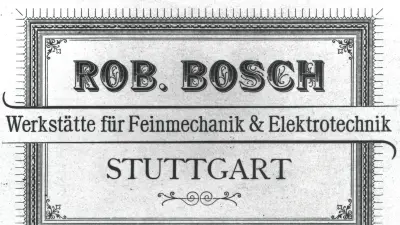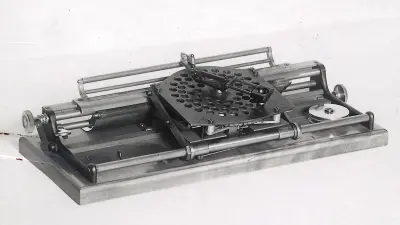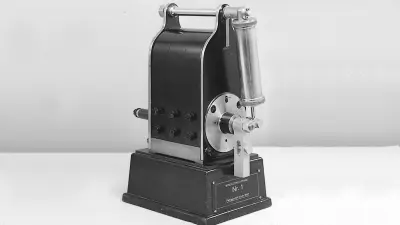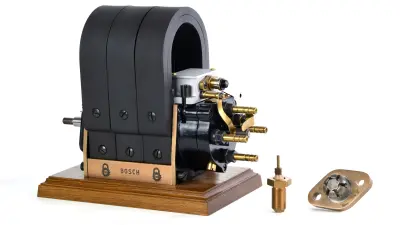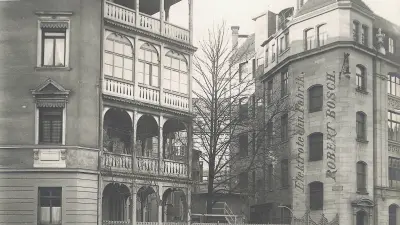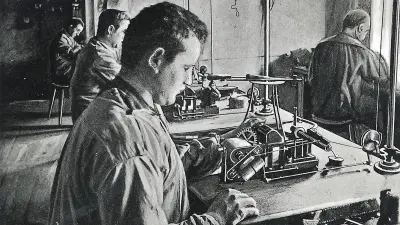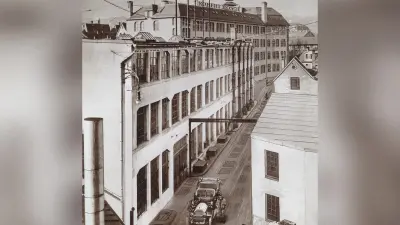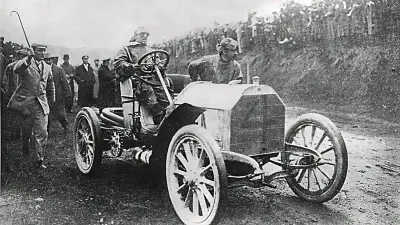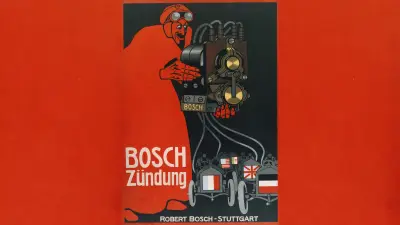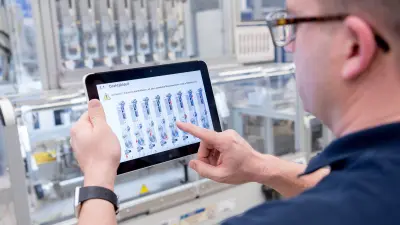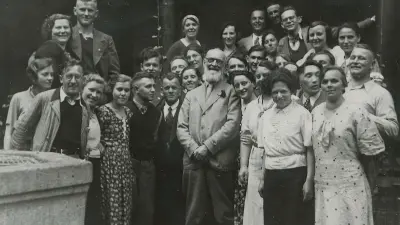The beginnings 1886–1905
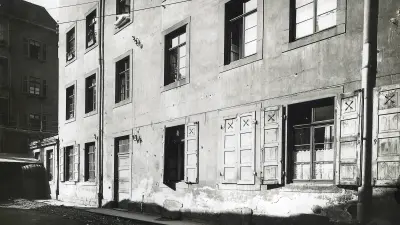
The history of Bosch starts with many first steps. The step into independence, onto the automotive market, into markets outside Germany, and onto the factory floor of major manufacturing.
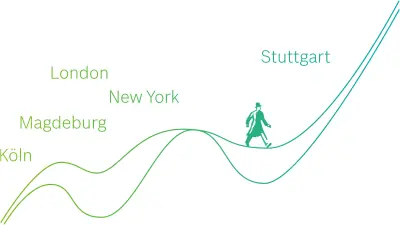
“A shambles” — the beginnings
His apprentice and journeyman years awoke an early desire in Robert Bosch to be self-employed. In 1886, he opened a Workshop for Precision Mechanics and Electrical Engineering in Stuttgart. The early years were beset with highs and lows, and it was only from the mid-1890s on that things took off quickly and unstoppably.
First products and services
Bosch performed all the precision mechanical and electrical engineering work that came his way, such as installing telephone systems and electric bells. When asked to build a magneto ignition device for a stationary engine in line with an existing design, he improved this and thus paved the way for magneto ignition production.
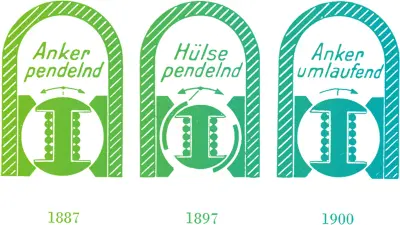
The spark that set it all off — the magneto ignition
From 1897, Bosch started installing better-designed magneto ignition devices into automobiles and became the only supplier of a truly reliable ignition. In 1902, the chief engineer at Bosch, Gottlob Honold, unveiled an ever better solution — the high-voltage magneto ignition system with spark plug. This product paved the way for Bosch to become a world-leading automotive supplier.
Gottlob Honold
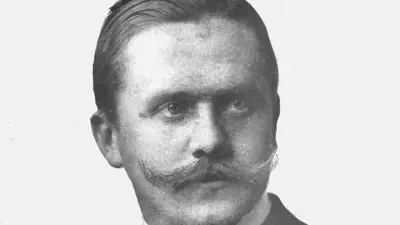
The chief innovator with just the right instincts
“When Honold finished a new item and passed it to manufacturing, the Bosch world started clamoring for the finished product.”
This was how Robert Bosch paid tribute to his long-standing head of engineering, who had first started work for him as an apprentice. Besides the high-voltage magneto ignition system, he was also the brilliant creator of lighting systems, starters, and horns for the portfolio of Bosch products — until his untimely death in 1923.
Photo: Gottlob Honold (1901)
Houseowner — the first factory
Bosch had already relocated several times before he decided to build a factory. He had initially expected to rent out one or more of the floors, but this would not be the case. On the contrary — the Bosch factory constructed in 1901 kept on expanding into the surrounding buildings.
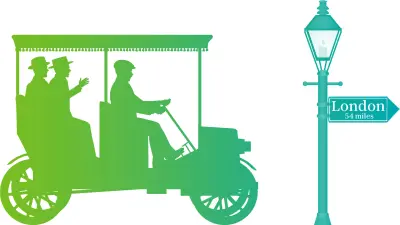
Step forth into the world — first sales offices
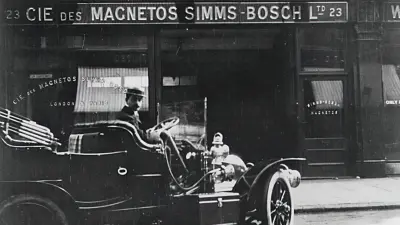
“…A foothold in Great Britain…” — this had long been the wish of Robert Bosch. In 1898, he founded the first Bosch company outside Germany in London together with the Englishman Frederic Simms. This was the first step onto the global market. Further sales offices quickly followed in other European countries.
Magnetos from Paris — first production abroad
After the United Kingdom, France was the largest European sales market for automobiles. Bosch started running a subsidiary company there in 1899. Business in the Paris branch could hardly have gone any better, and from 1905 on it was able to cover demand with the magneto ignition systems produced in its own plant within sight of the Eiffel Tower.
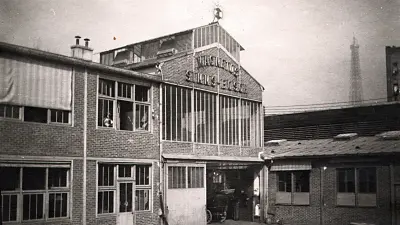
Motor racing — the first advertising
Around the turn of the century, the first major international motor races took place — a chance for automakers and suppliers to show off their prowess. The Belgian Camille Jenatzy drove a Mercedes to victory in the Gordon Bennett Cup in Ireland in 1903 — thanks in part to the reliable Bosch ignition system, which stood up to the harshest conditions.
